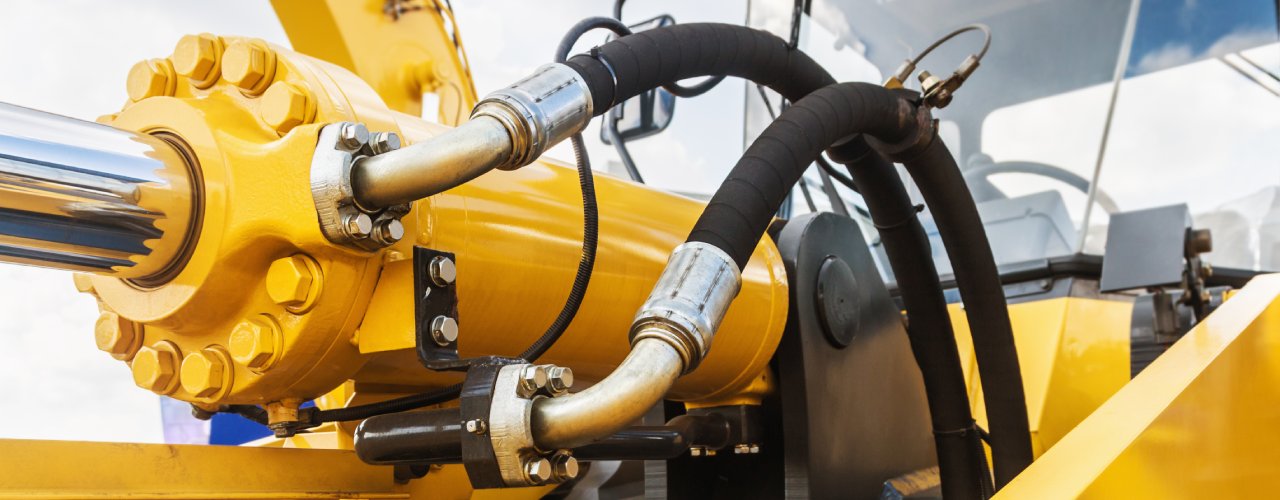Without hydraulics, much of the machinery in industrial settings could not function properly. Understanding the important components of a hydraulic system is crucial for optimizing performance and ensuring efficient operation. This is important for professionals to know so that they can fix issues quickly and ascertain these systems are performing at their best. Brush up on your familiarity with these components with this guide here.
Hydraulic Pump
The hydraulic pump is the heart of any hydraulic system. It converts mechanical energy into hydraulic energy by pushing hydraulic fluid through the system. Different hydraulic pumps are suited to distinct applications. A well-functioning pump ensures consistent pressure and flow, which is vital for the system’s stability and performance.
Fluid Storage Reservoir
The fluid storage reservoir acts as the system’s storage tank, holding the hydraulic fluid until it’s needed. This component helps in dissipating heat, allows for the expansion of fluid, and keeps contaminants from entering the system. Proper reservoir design and maintenance prevent issues like overheating and fluid degradation, which can compromise system efficiency.
Hydraulic Fluid
Hydraulic fluid is the lifeblood of the system, transmitting power throughout. It lubricates components, reduces friction, and helps prevent corrosion. Choosing the right hydraulic fluid is crucial since it affects the performance and longevity of your equipment. Regular monitoring and replacement of hydraulic fluid can prevent wear and tear, ensuring that the system operates smoothly.
Flow Control Valves
Flow control valves regulate the flow and pressure of hydraulic fluid within the system. They ensure that the fluid flows at the right speed and volume, which is vital for precise control and efficient operation. By adjusting these valves, operators can fine-tune system performance, making them indispensable for tasks requiring specific flow rates.
Energy Conversion Actuators
Energy conversion actuators, such as hydraulic cylinders and motors, convert hydraulic energy back into mechanical energy to perform work. There are four types of hydraulic motors commonly used in systems, each offering unique advantages depending on the application. Understanding the characteristics of each actuator type helps you select the right one for your system’s specific tasks and requirements.
Understanding the important components of a hydraulic system can significantly enhance your ability to operate and maintain your machinery effectively. We hope this knowledge empowers you to troubleshoot issues and make informed decisions when managing industrial equipment.





